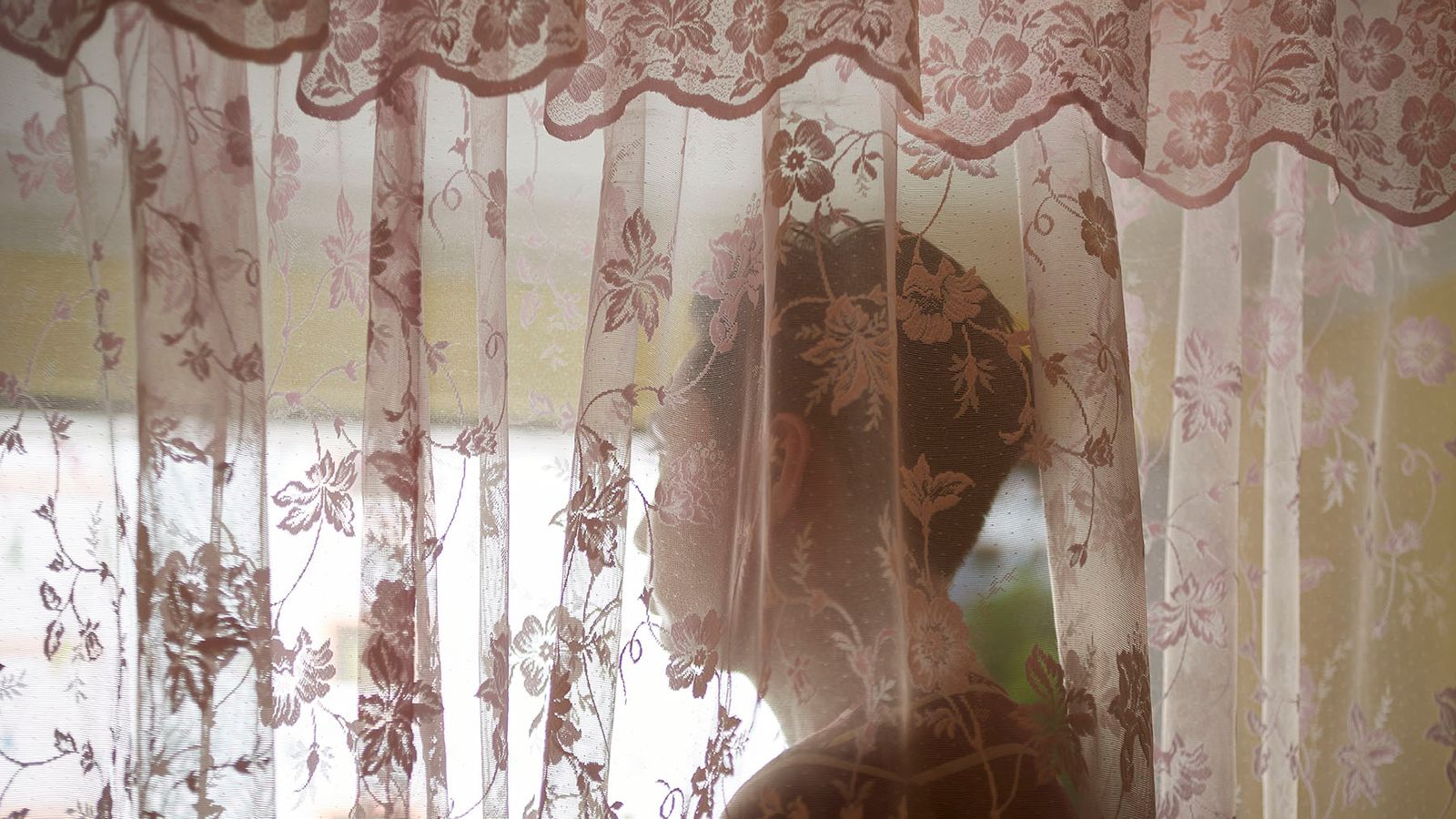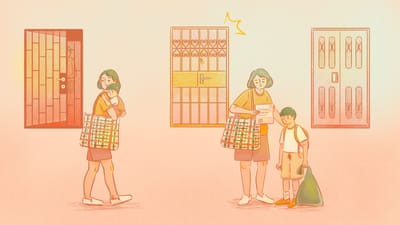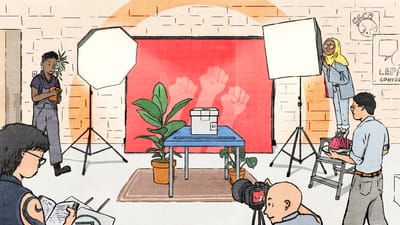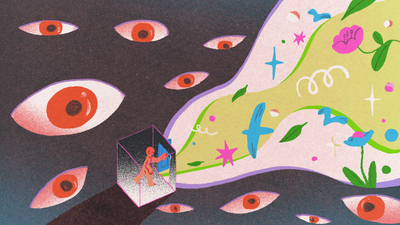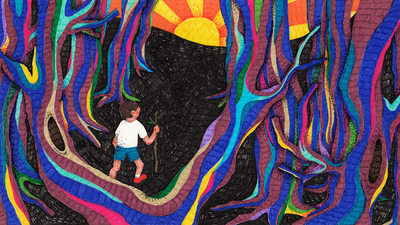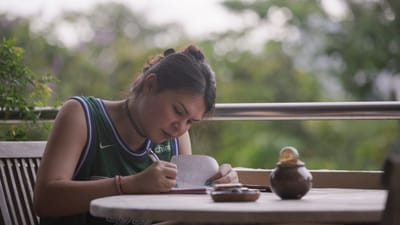In one of many tender scenes in “Holding Moses”, Randi Rader’s arm is wrapped around her sobbing son, his shock of curls obscuring part of her face. She presses his small palm against her nose and mouth, eyes shut, and rocks him gently. The camera’s angle shifts to reveal Moses’s profile smooshed against his mother’s, his disabled body wrapped in her protective, enabling embrace. Over the course of this 16-minute documentary, directors Rivkah Beth Medow and Jen Rainin unravel an intimate reel of a family living with disability. The lens lingers as silent witness to Rader and Moses’s familial expressions of love, capturing moments of play, rest and solitude as they navigate and negotiate the other; holding, touching, kissing and exploring. It is a delicate portrait of a single mother learning to care for her child with a rare genetic disorder—a powerful and authentic snapshot of life as a caregiver.
“It feels like such a heavy, heavy burden that I did not know how to hold, and I felt unequipped to handle [it],” said Rader in a voice-over narration. “I felt like I was losing my independence, and my ability to be the person that I wanted to be in the world.”
These raw sentiments, while shared by many, barely scratch the surface of the caregiving experience, which even if rewarding for some is more often than not challenging, isolating and thankless. Is it any surprise that caregivers so frequently speak of the conflicting feelings of love/guilt, sorrow/joy, duty/resentment, fulfilment/frustration, empathy/antipathy.
Rader—a mother—easily fits societal stereotypes of the role. But within the same film is another segment of the caregiving population that frequently goes unnoticed and hence, doesn’t get the support that it needs. Rader has two daughters, and the film captures briefly her eldest child interacting with Moses in the kitchen. The gentle gesture of her reaching out to hug and kiss her brother shifts the focus, if fleetingly, to another family member in his orbit.
What is she saying? How does she factor into the daily routines carved out by her mother? Where does she fit into the wider family dynamic, as the older sibling to a disabled brother who, through no design of his own, will require a significant proportion of their mother’s attention? To posit these questions is to wonder how a child might be obliged to contribute to the caregiving role that adults perform at home. Children are less likely to be involved in the visible, physically demanding duties of unpaid service; more often drawn in as caregivers in subtler, indistinct ways.
Caregiving work has been at the core of human existence throughout history and entails substantial social, labour and material resources. Broadly speaking, a caregiver is “a person who is responsible for looking after another person.” This might be someone with short- or long-term limitations due to disability, illness, injury, frailty or a mental health problem. They could be a family member, partner, relative, friend, or even a neighbour. Caregiving tasks include: feeding; toileting; household chores; providing health and medical needs, like bringing someone to the doctor’s; and simply offering someone a listening ear. Each caregiving situation demands more of some people than others, hence the traditional distinction between the “primary” caregiver and the “secondary” one(s).
According to the International Alliance of Carer Organizations, there are more than 63m carers globally. In Singapore, the figure was estimated at more than 210,000 in 2021, and is expected to rise significantly as the population ages and life spans lengthen. Informal caregiving has become an increasingly important aspect of society, alleviating the pressure on an overloaded healthcare system.
